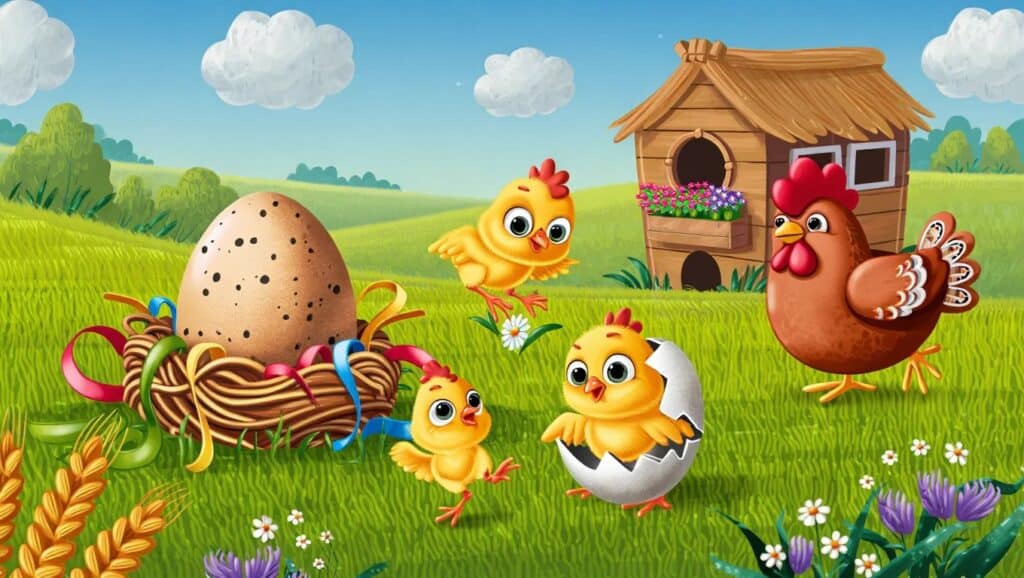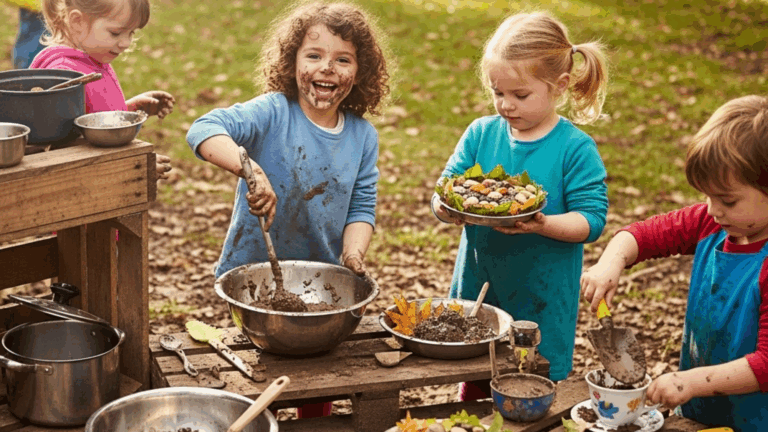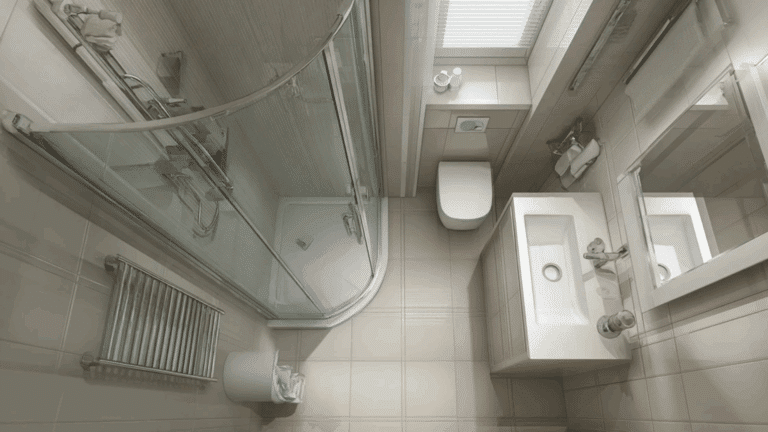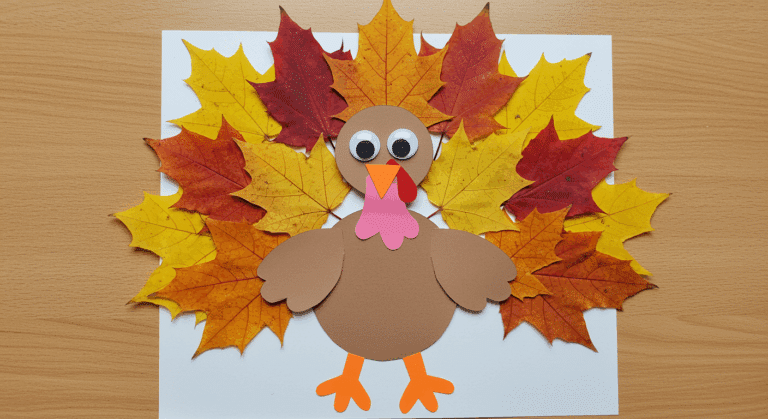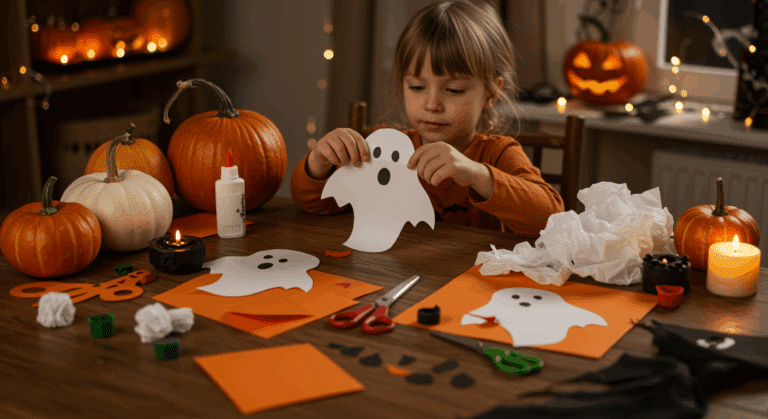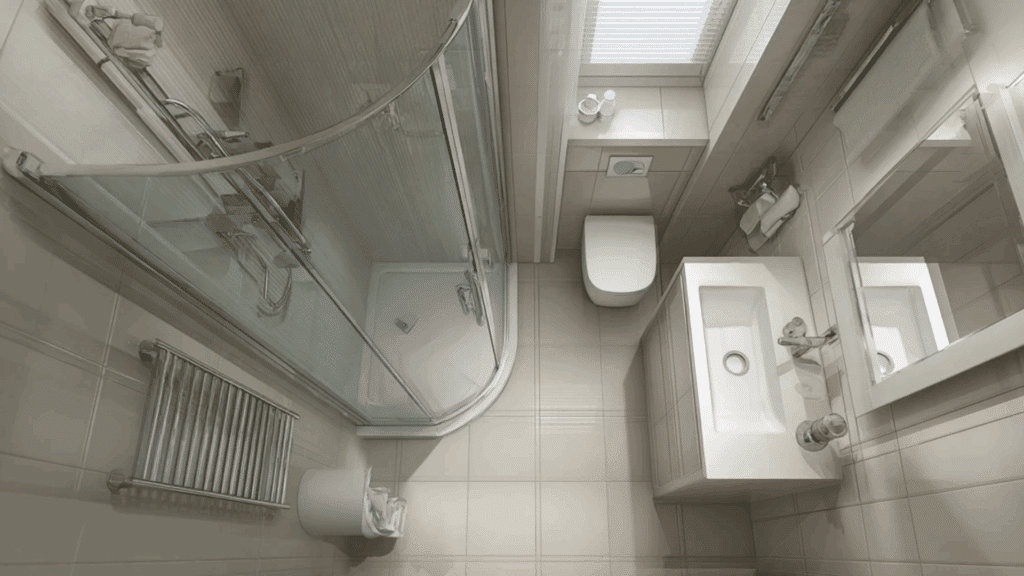Kids often wonder how a tiny egg turns into a full-grown chicken. That curiosity makes the life cycle of a chicken for kids a perfect topic to find through simple, hands-on learning.
Many parents find it hard to explain the life cycle of a chicken for kids in a way that young minds can truly understand.
In this article, you’ll learn about each stage of a chicken’s growth from egg to adult hen or rooster. We’ll walk through how eggs form, chicks hatch, and young chickens grow up, using simple terms perfect for curious young minds.
Understanding the Life Cycle of a Chicken for Kids
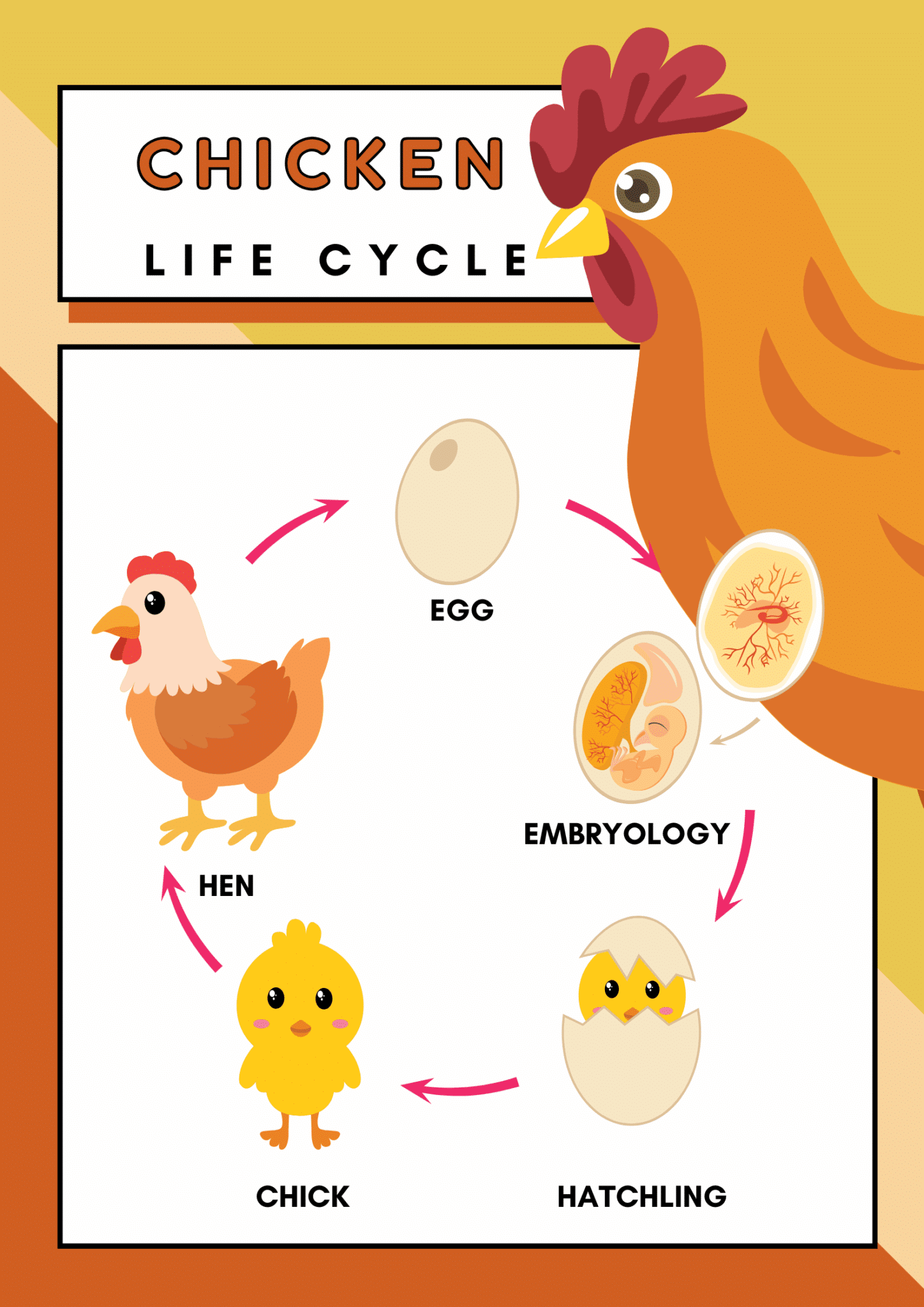
The life cycle of a chicken follows a clear pattern that kids find interesting. From a seemingly lifeless egg to a fully grown bird, chickens go through amazing changes as they grow and develop.
This natural process shows how life continues in a never-ending circle, with each stage bringing new developments.
The Egg Stage
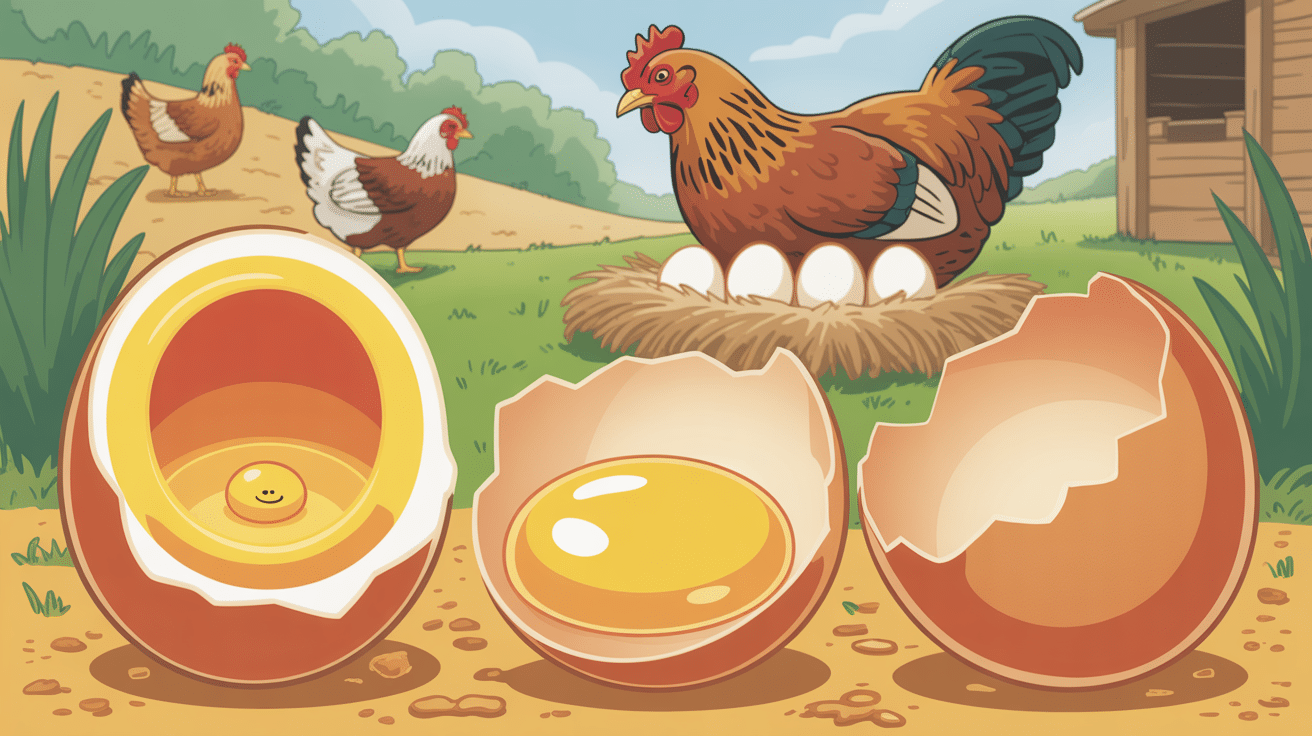
A chicken’s life starts as an egg formed inside the mother hen. The egg has several parts working together to protect and feed the growing baby chicken inside.
The hard outer shell acts like a shield, while the white (albumen) and yolk provide food for the growing chick.
Egg care: When a hen lays an egg, it needs warmth to grow. This warmth can come from a mother hen sitting on her eggs or from an incubator in farms and schools. Eggs need this steady heat for exactly 21 days before they’re ready to hatch.
The egg’s shell has tiny holes called pores that let air pass through. This helps the baby chicken breathe as it grows inside.
The Embryo Stage
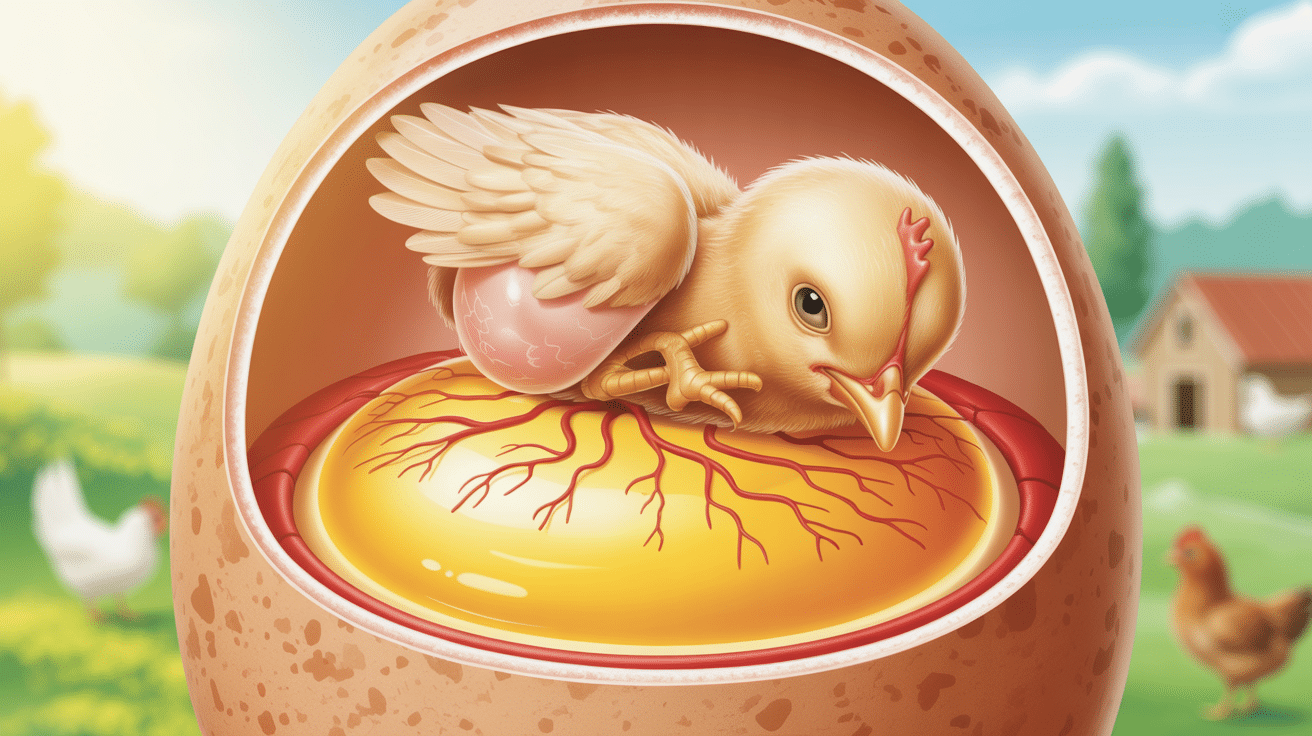
During the 21-day waiting period, lots of changes happen inside the egg. The tiny spot of life grows little by little each day. By day 5, you could see tiny wings and legs starting to form if you looked inside the egg.
Early Developments: The embryo’s heart begins beating early on, and blood vessels spread throughout the egg to bring nutrients from the yolk.
By the second week, the embryo looks more like a bird, with small feathers starting to grow. Its beak, eyes, and internal organs develop as the days pass.
Hatching Stage
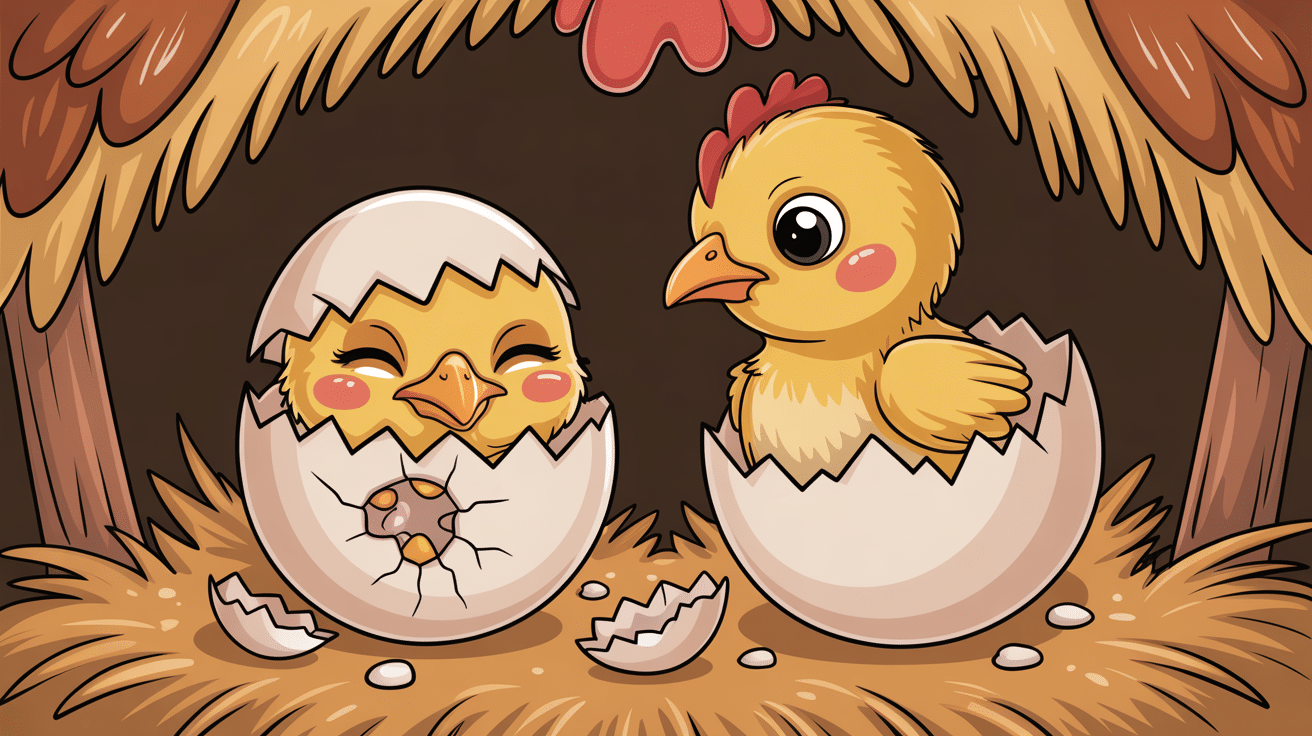
After three weeks of growing, the chick is ready to meet the world. It uses a special temporary bump on its beak called an “egg tooth” to crack through the shell. This breaking process, called pipetting, can take several hours as the chick makes a circle of cracks around the egg.
When the chick finally pushes through, it’s wet and tired from all that hard work. In the first few hours after hatching, the chick’s feathers dry out and become fluffy.
Its breathing gets stronger, and it starts to move around more. The egg tooth falls off within a day or two since it’s no longer needed.
The Chick Stage

A newly hatched chick is small and covered with soft, fluffy down instead of proper feathers.
Chicks eat special starter feed that’s high in protein to help them grow. In the first week, they grow very quickly, almost doubling in size.
Temperature: They need to stay warm at around 95°F during their first week, with the temperature dropping by about 5 degrees each week until they grow their adult feathers.
Chicks learn important chicken behaviors by watching others, such as how to peck for food, drink water, and stay safe from danger.
The Juvenile Stage
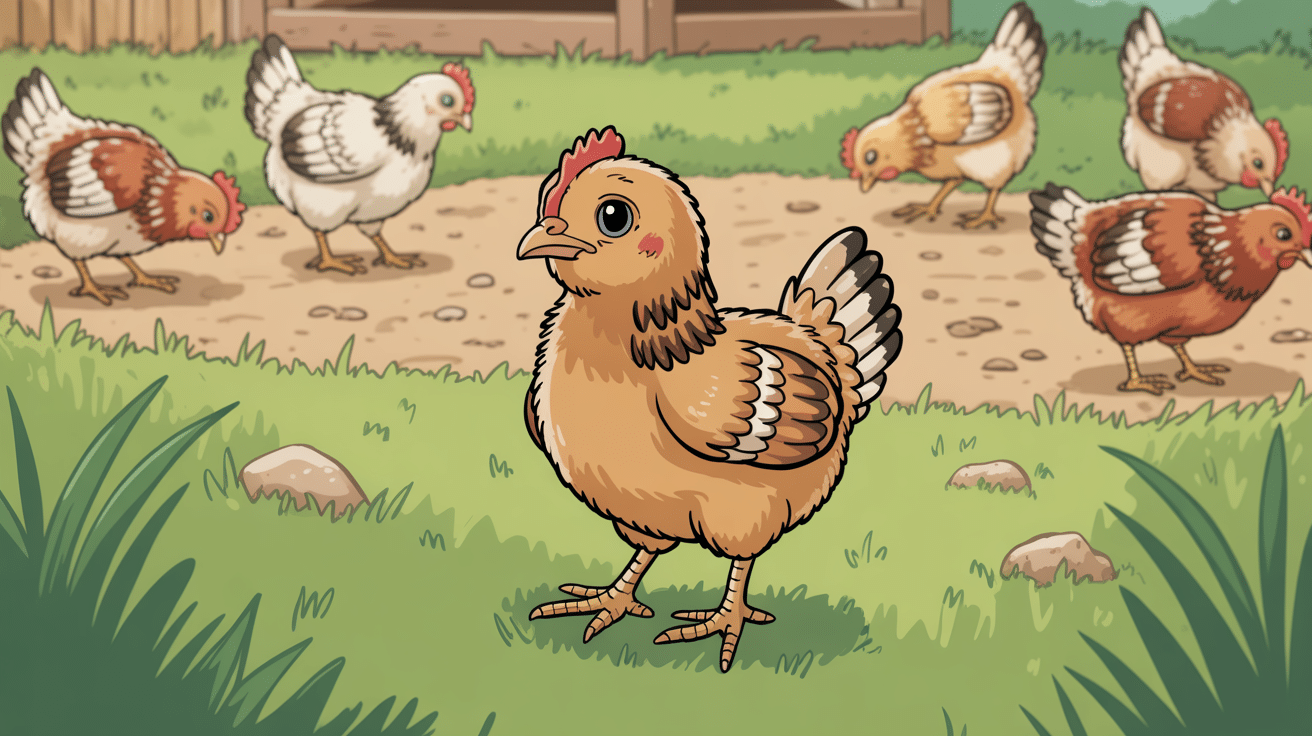
At about 4-6 weeks old, chicks lose their baby fluff and grow real feathers
Their bodies look too big for their heads, and their feathers might grow in patches at first.
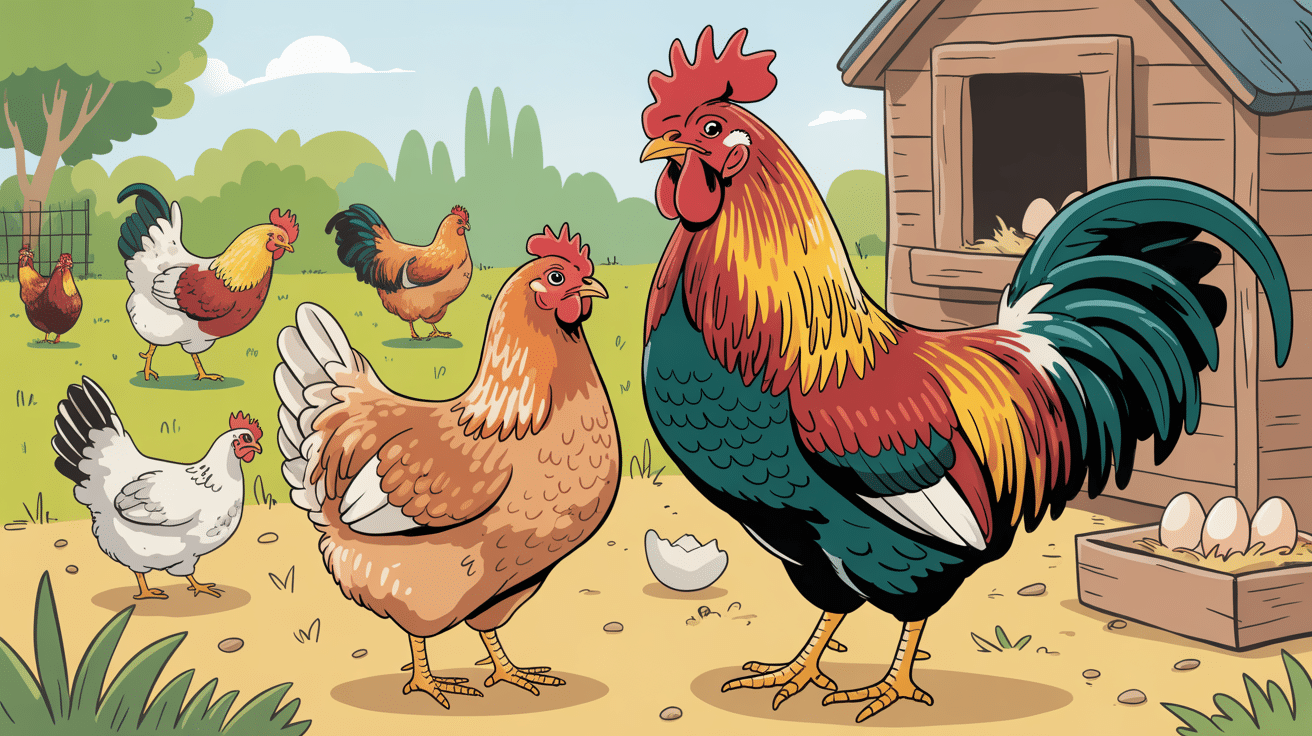
Growth: During this time, young chickens start spending more time outside if conditions are right. They become more active, scratching at the ground and trying to fly short distances. By 6-8 weeks, most breeds begin to look more like adult chickens, though smaller in size.
This is also when chicken keepers can start to tell which birds are male (cockerels) and which are female (pullets) based on their developing features.
The Adult Chicken Stage
By 5-6 months, chickens reach their full size and are considered adults.
Their feathers take on the full colors and patterns of their breed. Adult chickens have strong legs for scratching and running, wings that can help them escape predators, and sharp eyes that spot food and danger.
Difference between hens and roosters: Hens and roosters look different from each other. Roosters often have larger combs on top of their heads, longer tail feathers, and more colorful plumage. They crow to mark their territory and protect the flock. Hens are usually smaller and less colorful, with smaller combs and wattles.
When a hen reaches about 18-24 weeks old, she can start laying eggs, which might develop into chicks if fertilized by a rooster.
Fun Chicken Life Cycle Activities
These fun activities are perfect for helping children understand the life cycle of a chicken for kids in engaging and memorable ways.
Hands-On Egg Exploration
- Visit a local farm during hatching season to see eggs in incubators.
- Try a small toy incubator at home or school with fertilized eggs.
- Use a flashlight to “candle” eggs to see development (with adult help).
- Make a 21-day calendar to track changes happening inside the egg.
Creative Art Projects
- Create a paper plate life cycle wheel showing each stage from egg to adult.
- Draw and label the parts of an egg using colored pencils.
- Make a classroom mural with each child responsible for one stage.
- Build 3D models of each life stage using clay or recycled materials.
Storytelling Thrills
- Write a short story from a hatching chick’s point of view.
- Create a comic strip showing a chicken’s growth trip.
- Act out the life cycle with simple costumes and movements.
- Make a picture book about a chick growing up on a farm
Digital Learning
- Watch time-lapse videos of eggs hatching online.
- Create a digital presentation about chicken development.
- Use chicken life cycle apps designed for children.
- Take virtual tours of hatcheries and poultry farms.
Outdoor Activities
- Set up a safe viewing area near a chicken coop.
- Keep a chicken-watching journal to note behaviors at different life stages.
- Plant seeds that chickens like to eat and learn about their diet.
- Take photos of chickens at different stages to make a growth timeline.
To Conclude
The life cycle of a chicken for kids shows how living things grow and change. It teaches patience (it takes 21 days just to hatch) and sparks curiosity about biology and nature.
What part of the chicken’s life do you find most interesting?
Have you ever watched a chick hatch or held a fluffy baby chicken? Share your experiences with friends and family, you might inspire them to learn more about these incredible birds too.


